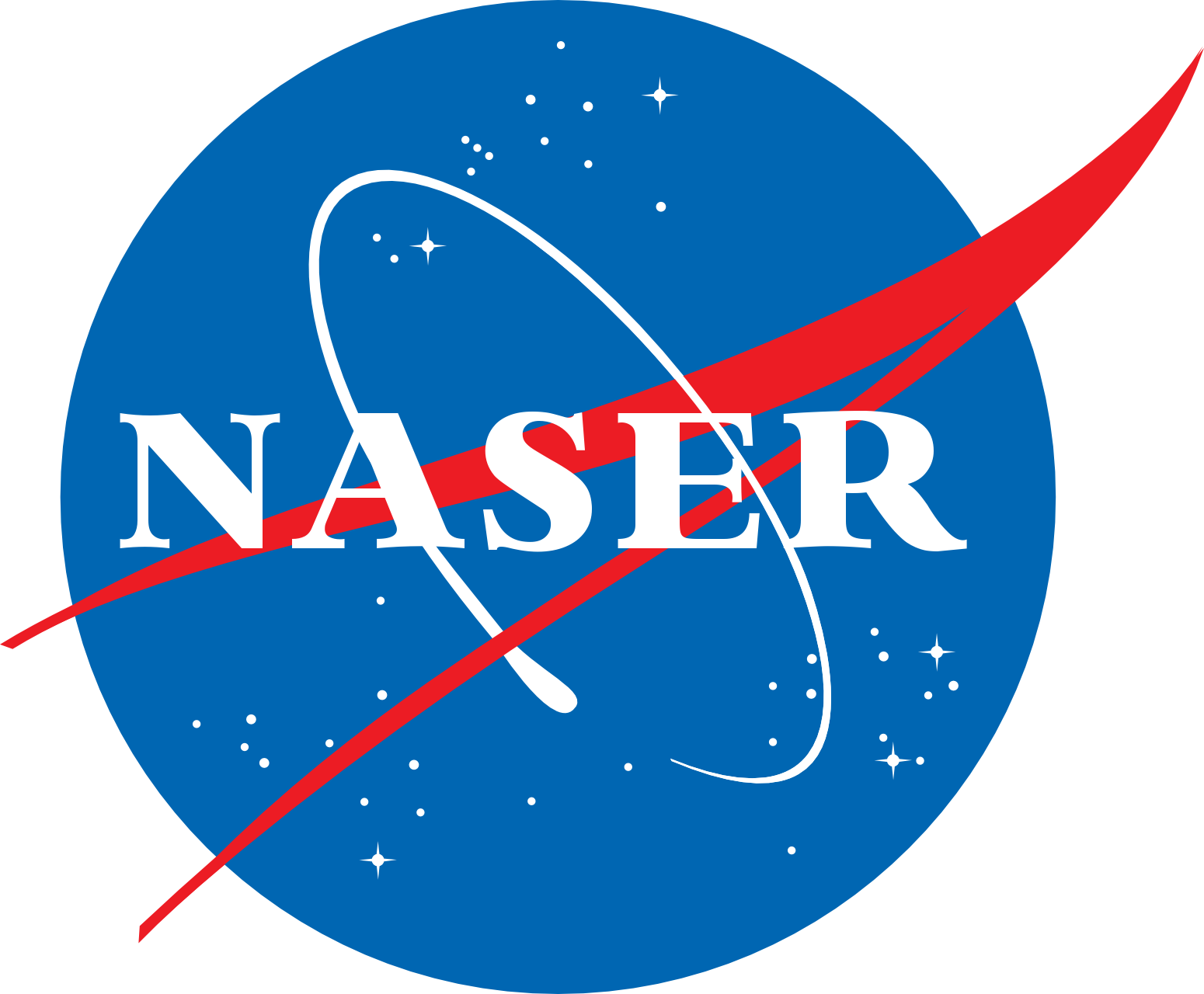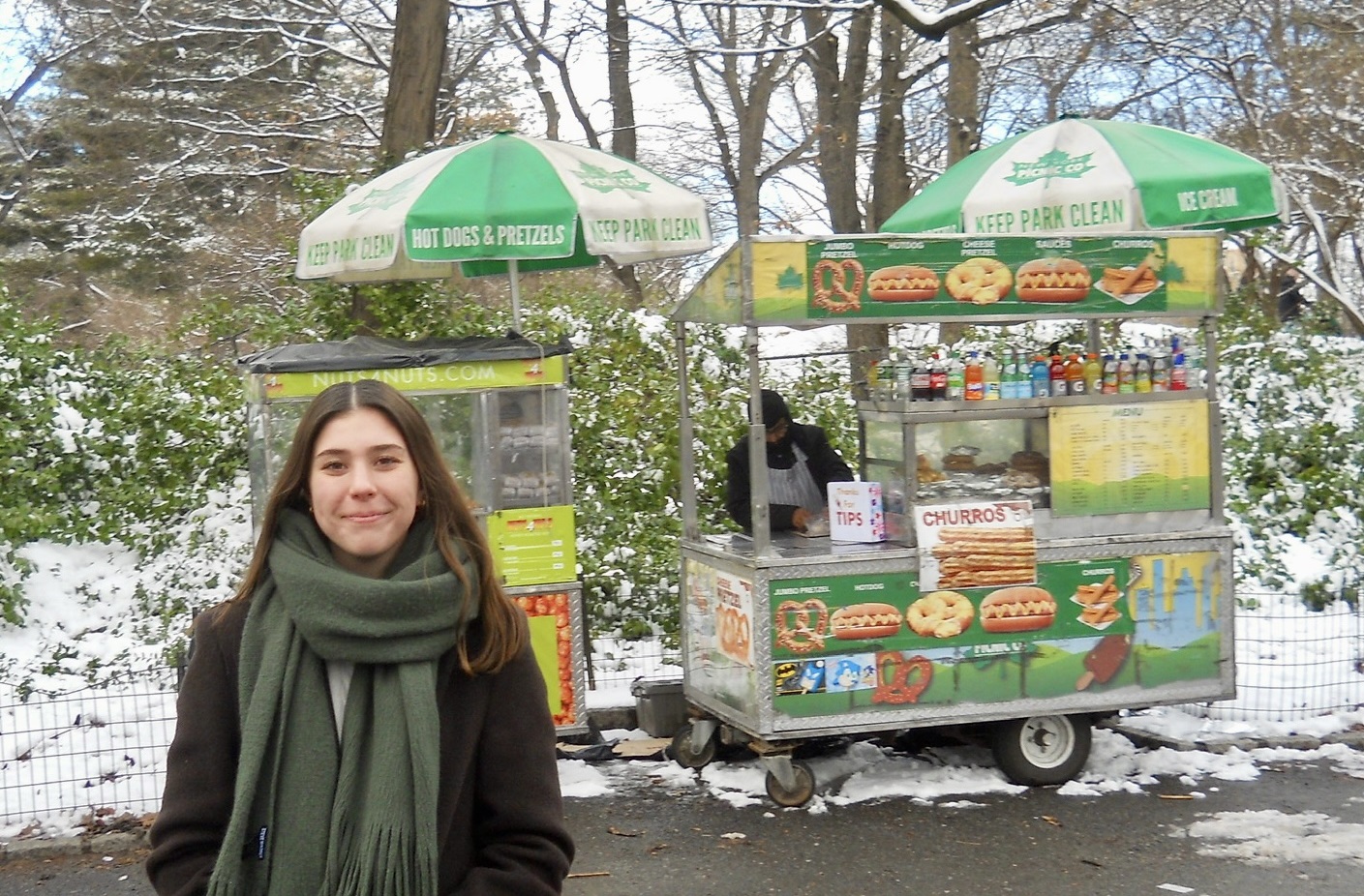Inside the Life of a Technical Writer: Sierra Guequierre ‘22 Shares Her Viam Experience
Written on June 20th, 2024 by Naser
Photo by Sierra Guequierre ‘22 from the office.
This post is part of a spotlight series highlighting the work of exceptional students and alumni. The series aims to facilitate knowledge sharing on topics such as internships, jobs, entrepreneurship, and graduate school.
Today, I have the pleasure of talking to Sierra Guequierre ‘22 about her experience as a Colby Alumna and a Technical Writer at Viam.
Naser: Can you tell us about your work as a Technical Writer at Viam? What does a typical day look like for you?
Sierra: My role is hybrid, so I can choose whether to go into the office or WFH each day. If I’m going into the office, I’ll usually order lunch and then head to the office around 10. Once there, I’ll start my day by going through what I completed yesterday and what I’m planning to do today and share them with my team in our written daily stand-up.
Then, I catch up on any messages or emails I’ve missed since yesterday. I’ll check out GitHub for new feedback on my work and address it. After that, I’ll start on a task of my choice, instructions for which are documented in Jira tickets.
I work on the Viam documentation site, so while working I usually bounce between my IDE, our web app, any written instructions from the engineers, the product’s codebase, and my local staging version of the docs site. I go through the workflow I’m documenting and write it out as Markdown as I go. If this involves physical hardware, which it often does, I will gather the materials for that from our office’s lab and do some tinkering along the way.
Around 1, I’ll take my lunch and take a break for a bit. If the weather’s nice, I’ll go and eat outside in Central Park, which is right by our office.
I don’t have a lot of meetings, but if I do, they’re usually after lunch. One meeting I have weekly is our team sync, where we go through our Docs JIRA board together and discuss the status of each ticket. Tickets come from a lot of places: they can be submitted by engineers, DevRel, PMs, automatically created, or we can create them ourselves as we see fit. Guided by my manager, we line up tickets to work on for the next week.
I’ll usually submit a couple different tickets for review throughout the day, depending on how extensive the work required is. I’ll also take time in between to review my coworker’s work on GitHub, address feedback they’ve given me, and merge approved work into the Docs site.
I can decide when to clock out for the day— everyone leaves our New York office at different times, and remote team members also work in different timezones. I usually leave around 5:30, but might stay longer or leave earlier if I’ve wrapped up what I planned to complete.
Naser: What technologies do you use? And what technologies/languages do you recommend learning today?
As a technical writer, I use Markdown and Python the most, as well as HTML/CSS. Markdown is fairly simple to learn and is useful for quickly creating content for static webpages. I worked with Python the most in school, so I usually prefer it for making simple programs with our SDK. I also work with and make code samples for Golang and Flutter. VSCode is my go-to IDE. GitHub is essential and I would recommend becoming familiar with Git to any CS student, as well as generally familiarizing yourself with the terminal, unix commands and operations like SSH.
Working at Viam, I also have to know a bit about robotics and how to work with single-board computers like the Raspberry Pi and hardware like motors, servos, movement sensors, and webcams. I would recommend getting a single-board computer and making some simple circuits and projects to learn more about this.
Naser: How does your job align with your academic studies at Colby? Are there specific courses that you found most helpful?
I benefited greatly from the flexibility of Colby as a liberal arts school. As my job isn’t super technical but based on my ability to communicate complex technical concepts, the English classes I took combined with CS fundamentals left me well prepared for the role. The neural networks/ML courses I took have been very helpful when it comes to documenting the ML training and deployment aspects of the Viam platform. I also took a Jan Plan course my freshman year where we made digital art projects— my team and I built an installation with paper flowers whose movement was triggered by ultrasonic distance sensors. This was my introduction to robotics and it was a lot of fun. Additionally, I am grateful that Colby professors made us practice documenting our projects a lot! In particular, I remember have to write a lot of documents and make diagrams for Professor Doore’s course my senior year, which was great practice for technical writing. Even if you strictly want to be an engineer, the better you are at documenting your work, the easier it’ll be for other people to work with you and use what you’ve built.
Naser: Can you tell us about the job search and interview process? And how did you prepare for it?
While in school, I worked as a QA automation intern and briefly worked as DevOps after graduation (which mainly involved a lot of Google Cloud Platform). I didn’t feel like DevOps was the best fit for me, so when I started looking for other opportunities I was interested in other kinds of roles, and thought with my liberal arts background and English minor technical writing might be more fun for me. I applied to a lot of different positions across titles, and found the posting for the Viam role. After applying, I spoke to a recruiter and ended up coming into the office for a few rounds of virtual and in-person interviews with my prospective manager, coworkers, and CEO. Throughout the interview process I was super excited because the company culture seemed like a great fit for me. I prepared for the interviews by writing down and rehearsing answers to common behavioral interview questions, researching the company, and researching the technologies I knew I would use in the role. Most of the questions I was asked were very open ended and it was a relaxed process, which was great.
Naser: What tips would you give students interested in joining a company like Viam in the future?
I would definitely recommend getting experience wherever you can while in college. My past internship experience, especially my experience working with CS educational resources, was a big part of what made the company interested in me as a qualified candidate. I would also recommend networking online and in-person, being active on LinkedIn—where roles are often advertised by employees before a ton of people have applied to them—and also checking out other job sites like Indeed. It is somewhat more difficult to get an in-person job based in a major metro like NYC if you don’t live in the area already, so I would suggest keeping that in mind when applying and being patient. Internships (which often lead to new grad roles) don’t have that limitation, though.


